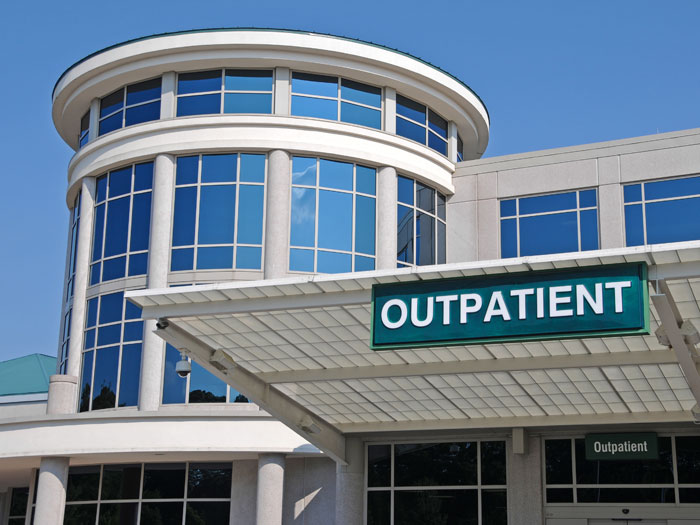Sponsored Content by Zurich
3 New Unintended Consequences of Health Care Reform

As the Affordable Care Act (ACA) continues its gradual and bumpy rollout, health care providers are utilizing various strategies to comply and adapt. Many of these approaches, some of which include M&A activity, IT upgrades and shared service agreements are now creating new risks of their own.
1. Continuity of Care
Many aspects of the ACA and other healthcare trends are driving M&A or shared service agreements among hospitals, physicians and other providers. These new relationships can present serious challenges for managing a patient’s treatment across different organizations.
“There’s a risk that one organization might not provide care consistent with the other,” said Dan Nash, national healthcare practice leader, Zurich in North America. “Oftentimes, it’s not contractually required for them to do so.”
Patients being transferred from system to system might be exposed to different approaches to care and different levels of treatment.
Care managers can do a lot to help alleviate risks associated with continuity of care. Having a “concierge” that knows how each system operates can make transitions much easier for patients and explain why treatments differ from system to system.
“There’s a risk that one organization will not provide care consistent with the standards of the other. Oftentimes, it’s not contractually required for them to do so.”
— Dan Nash, National Healthcare Practice Leader, Zurich North America
“It creates a feeling that they’re working together,” said Dan Nash, national healthcare practice leader, Zurich in North America. “If you have a care manager through the process, it can give the patient a level of comfort that takes away anxiousness,” said Nash. “Then they feel like they’re being taken care of.”
2. Compliance
Between the Health Insurance Portability and Accountability Act, the U.S. Department of Health and Human Services and a long list of other government organizations and mandates, there are serious demands on health systems.
“Real estate may be all about location, location, location but healthcare is all about compliance, compliance, compliance,” said Nash.
A lot of risk managers are focused on digital-related exposures, but a significant amount of serious data breaches are still the result of “paper losses.”
“One example happened on a subway in 2009 when a hospital worker left records for 192 patients on a train,” said Nash about an incident involving a mid-Atlantic hospital “It led to the hospital paying $1 million to the government in 2011 to settle the potential HIPAA violations.”
Despite the risks, health care providers are still reluctant to buy coverage around it.
“People used to look at banks with an eye toward their brick-and-mortar locations. ‘My money is safe because it’s housed within those walls,’ they’d think. While that thinking is antiquated when dealing with finances, it still rings true in the health care world,” said Nash.
“Often customers we talk to say it’s important, but not in budget this year,” said Nash. Furthermore, their IT departments seem to think they’ve got the problem figured out on the digital side and companies generally don’t pay enough attention to the possibility of paper losses.
To help combat the risk, Zurich offers to qualified customers a Breach Coach consulting service, during which an experienced cyber breach risk engineering consultant can assess where businesses are most vulnerable to a data loss.
3. Outpatient Treatment
Currently, 60% of hospital services are delivered inpatient with 40% of care delivered through outpatient facilities. Under the Affordable Care Act, the proportion will likely be reversed, so that 60% of care is delivered through outpatient facilities.
“It’s risky because patients generally see hospitals as places where they are safer in the event of an adverse reaction,” said Nash. “They might not have that same sense of security with an outpatient facility.

Nash compared that notion to the way many Americans thought about banks 20 or 30 years ago.
“People used to look at banks with an eye toward their brick-and-mortar locations. ‘My money is safe because it’s housed within those walls,’ they’d think. While that thinking is antiquated when dealing with finances, it still rings true in the health care world,” said Nash. “People feel safer and think they’re getting better care if they’re in a large hospital. At an outpatient facility, that comfort level isn’t the same.”
Another risk of having more outpatient procedures is that the health care provider has less time for observing patients. With patients going home after their procedure, it becomes even more important for the patient to carefully follow instructions: like taking medicine at scheduled times and doing proper rehab. Any health care provider can tell you that’s never guaranteed. But even if they don’t follow the care instructions, the hospital is still responsible.











